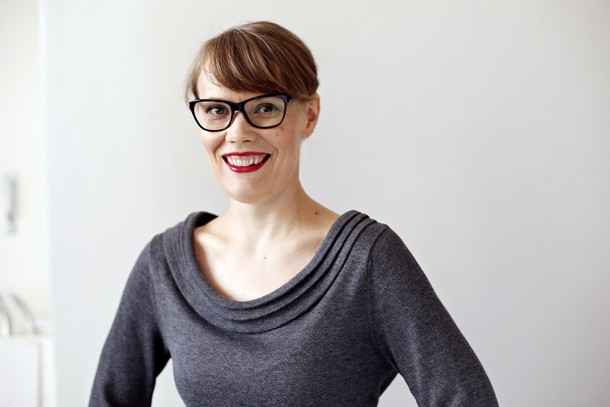27.01.2017 | Insight

As the world witnesses an ever-increasing boom in wind and solar energy, one topic of conversation remains constant in the Nordics: “What should we do when it gets really cold in February and the wind doesn’t blow?”
Houses need to be heated and factories need to be kept running – in all weather conditions. And we certainly have weather conditions here close to those of the Arctic Circle. How can we possibly rely on an energy supply that keeps fluctuating with the weather? The Paris climate agreement has set a global target for limiting global warming to less than two degrees compared with pre-industrial times.
Even though there has been increasing investment in renewable energy in the Nordics over the past decade, our energy mix still prominently features fossil fuels. Coal and peat are widely used in combined heat and power (CHP) production, oil is still used for heating houses and our cars still mostly run on petrol and diesel. If we are to achieve the Paris goals, we need to seriously clean up our energy mix.
A new perspective
The wind and the sun are practically inexhaustible energy sources. They are emission free and extremely cheap with close to zero marginal costs. The big question mark, however, is the supply. How do we deal with ever-changing availability?
If we view the energy market from a traditionalist perspective, steadiness of supply and availability of baseload energy are indeed key concerns. But what if we change perspective? What if we can fluctuate the demand along with the supply? What if we can balance out the discrepancies? These are questions we should very much be asking here in the Nordics. Not just because the answers are important to us here locally but, even more importantly, because the same questions are being asked all over the world. Here in the Nordics we are uniquely well-positioned to solve the fluctuation dilemma. We happen to have the most intelligent electricity market and infrastructure in the world. We are also quite brilliant with technological solutions. On the other hand, we have some of the most extreme temperature and sunlight conditions. Our economies are also still very much reliant on heavy, energy-intensive industry. If we can make it work, anyone can.
We have only seen the beginning
Demand balancing is already happening on a small scale. The inhabitants of Helsinki, for example, can enjoy their warm morning showers without the use of peak backup power thanks to a well-functioning heat storage system.
But that is only the tip of the iceberg. The electrification of traffic as well as other key energy-consuming sectors has barely begun. Car batteries, hot-water boilers and many other small storage facilities can be pooled together to form large energy-storage networks. Non-core industrial processes can be timed to coincide with peak electricity production. Industrial CO2 emissions can be captured and utilised in, for example, the production of synthetic methane, which, in turn, can be used for power production or as traffic fuel.
The possibilities are vast and to a great extent still untapped. Many of the enabling technologies are already commercially available. What we need now is solid commitment to the Paris goals and the tools to get us there. We need to really get smart about energy here in the Nordics – and then help the rest of the world get smart too.
Kaisa Hernberg is a Business Developer and Angel Investor with a focus on harnessing
business to mitigate climate change.